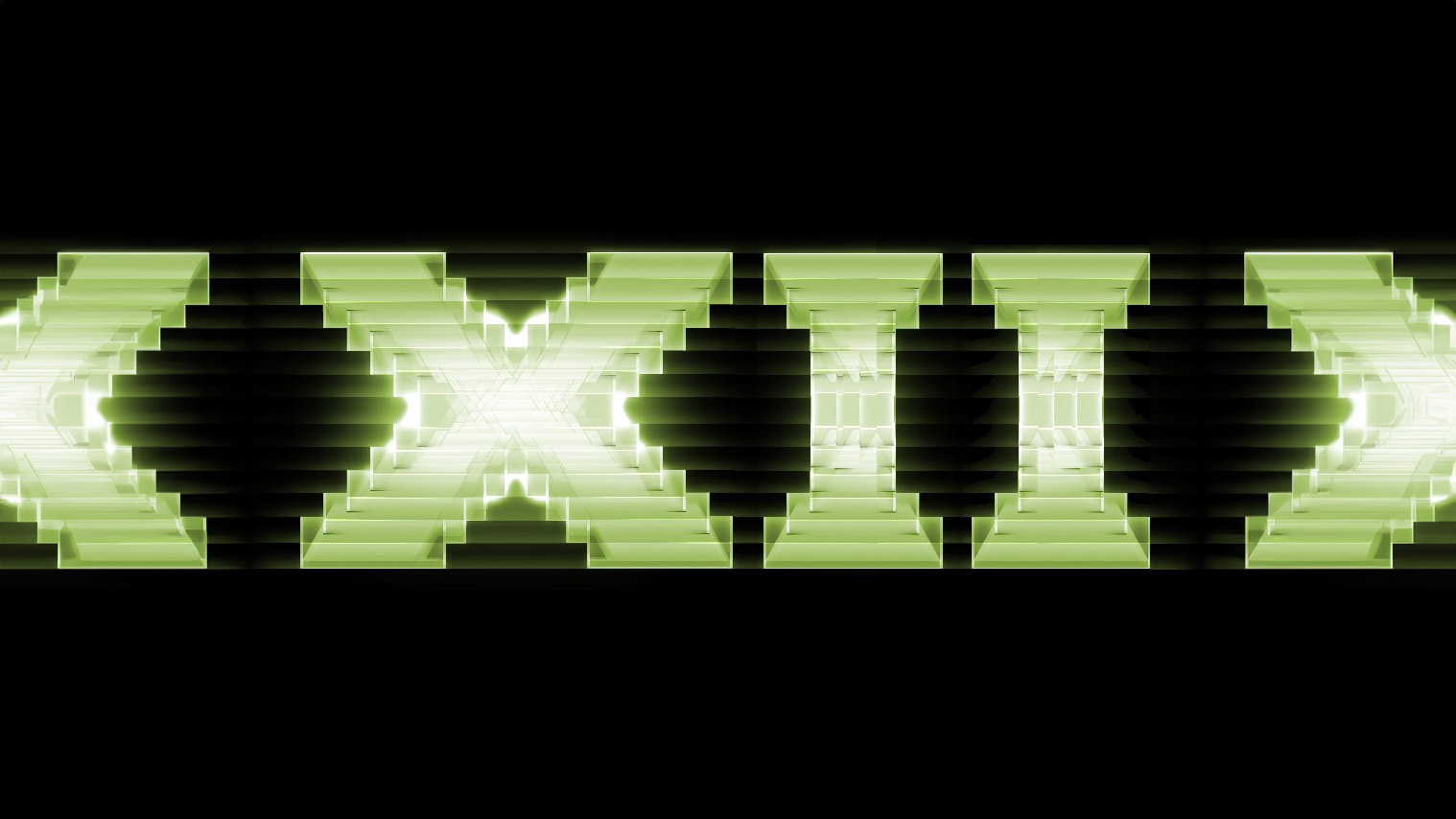Microsoft is working with NVIDIA to push neural rendering for game developers.
There's intriguing advancements ahead in the future for PC gaming.
In a recent blog post, Microsoft explained how the company is partnering with NVIDIA to support the latter's neural rendering software by bringing so-called cooperative vectors to DirectX. This means that NVIDIA's neural shaders will see better performance on RTX Tensor Cores when developers are using DirectX.
“Microsoft is excited to partner with NVIDIA to catalyze this next generation of graphics programming by bringing industry-wide support for neural shading technology,” adds Bryan Langley, partner group program manager of silicon, media, and graphics at Microsoft. “DirectX will soon support Cooperative Vectors, which will unlock the power of Tensor Cores on NVIDIA GeForce RTX hardware and enable game developers to fully accelerate neural shaders on Windows.”
Now, that post was a bit limited, as Microsoft didn't outline much for now beyond the use of cooperative vectors. Still, there's more to come, with sources indicating to Windows Central that Microsoft is continuing to push neural rendering research in order to benefit game development beyond what's been published so far.
What is neural rendering?
Neural rendering is essentially a family of methods that use artificial intelligence to improve software development, including through something called neural shaders, which allow developers to train their data in a number of ways.
For NVIDIA's current work, this is expanding through neural shaders, which brings neural network support to adjustable shaders. These neural shaders allow developers access to new technologies that can be used in a lot of ways, but by far one of the most intriguing possibilities is better texture compression, which would benefit game developers and players alike.
This means possibly saving on the amount of VRAM or system memory that a game may need in order to run. NVIDIA claims that neurally compressed textures can save up to 7 times as much space compared to normal compression methods.



3175x175(CURRENT).thumb.jpg.b05acc060982b36f5891ba728e6d953c.jpg)
Recommended Comments
There are no comments to display.
Join the conversation
You can post now and register later. If you have an account, sign in now to post with your account.
Note: Your post will require moderator approval before it will be visible.